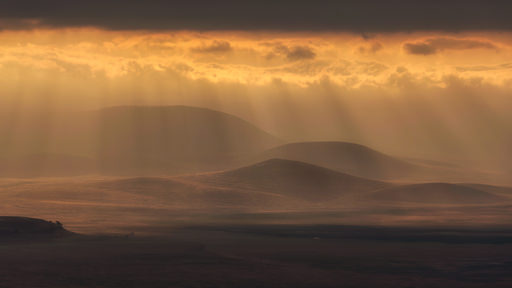
Tanganyika & Zanzibar
The name "Tanzania" is a word born from the merger of "Tanganyika" and "Zanzibar"; it was adopted when the two countries joined in 1964. Tanzania has 59.09 million inhabitants and has a surface area of 945,087 square kilometres, three times larger than Italy. Dar es Salaam is the largest city and was the capital until the seventies, the new capital is Dodoma, located in the center of the country. In the country more than 120 ethnic groups live together, each ethnic group has its own language, but the national language is Swahili.
Tanzania boasts 17 National Parks and 6 UNESCO World Heritage Sites including the Kilimanjaro National Park and the Serengeti, the Ngorongoro Conservation Area and the historic town of Stone Town in Zanzibar.
Tanzania is predominantly mountainous in the north-east, where the Kilimanjaro (5.895 m) is the highest peak in Africa. In the same region is also host to Mount Meru, which dominates the city of Arusha from which the safari expeditions leave. The central part of the country conforms like a vast plateau, with plains and areas suitable for agriculture. In the north and west lies the Great Lakes region, including Lake Victoria (the largest in Africa) and Lake Tanganyika (the deepest in Africa). Another lake is the Natron, characterised by salt water and located in the Rift Valley, near the border with Kenya. Tanzania has many large, ecologically significant natural protected parks, including the famous Ngorongoro, the Serengeti National Park in the north, the Selous Game Reserve and the Mikumi National Park in the south; the Gombe Stream National Park to the west is known for studies by Dr. Jane Goodall on the behaviour of chimpanzees.


